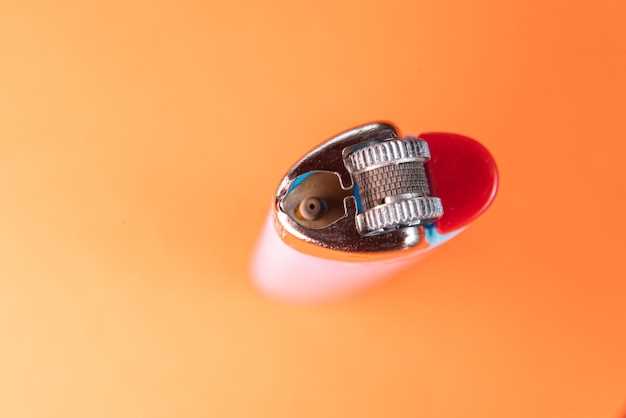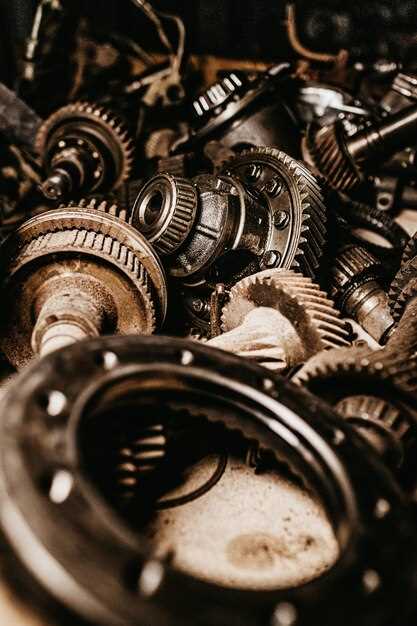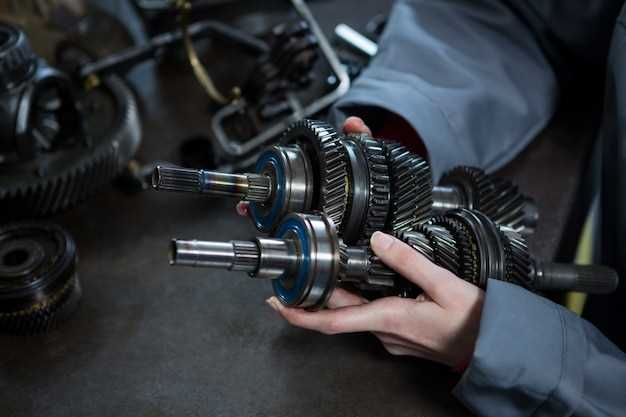
Maintaining the performance and longevity of your Toyota vehicle’s engine is crucial for any car owner. One of the key components contributing to this maintenance is the timing belt or chain, which plays a vital role in the synchronization of engine components. Understanding when and why to replace these components can save you from costly repairs and potential engine failure.
The timing mechanism in a Toyota vehicle can either be a belt or a chain, with each having its own advantages and replacement intervals. While timing belts require periodic replacement due to wear and tear, timing chains are generally more durable and designed to last the lifetime of the vehicle. However, this does not mean they are exempt from issues; neglecting maintenance can lead to severe damage to the engine.
In this article, we will explore the differences between timing belts and chains, the signs indicating a replacement is necessary, and the recommended maintenance schedules for various Toyota models. By staying informed about these critical components, Toyota owners can ensure their engines operate smoothly and efficiently for years to come.
Identifying Signs of Timing Belt or Chain Wear in Toyota Engines

Recognizing the signs of timing belt or chain wear is crucial for maintaining the performance and longevity of your Toyota engine. Several symptoms indicate that these components may need replacement. One of the most noticeable signs is an audible noise, such as a rattling or clicking sound, coming from the engine area. This noise often arises from a frayed timing belt or a loosened timing chain.
Another warning sign is engine misfires or rough idling. Timing issues can lead to improper synchronization between the engine’s components, resulting in decreased performance. If you experience a decrease in power or acceleration, it could be related to wear on the timing belt or chain.
Visual inspection can also reveal critical wear indicators. Look for cracks, missing teeth, or fraying on the timing belt. For chains, signs of excessive stretching or wear on the tensioner can indicate it’s time for replacement. In addition, oil leaks near the timing cover may suggest that the seal has degraded, possibly due to chain tension issues.
Lastly, always refer to your vehicle’s owner manual for specific replacement intervals and recommendations. Proactive checks and timely replacements can prevent costly repairs and ensure your Toyota engine runs smoothly.
Step-by-Step Guide to Replacing a Timing Belt in Toyota Models

Replacing the timing belt in your Toyota is crucial for maintaining engine performance and longevity. Follow this detailed guide to ensure a successful replacement process.
Step 1: Gather Necessary Tools and Parts
Before starting, collect all tools needed for the job. This includes a socket set, wrenches, a torque wrench, and screwdrivers. Additionally, purchase a new timing belt, tensioner, and any necessary gaskets or seals.
Step 2: Disconnect the Battery
Begin by disconnecting the negative terminal of the battery to prevent any electrical issues while working on the engine.
Step 3: Remove Engine Components
To access the timing belt, you will need to remove several engine components. This typically includes the engine cover, accessory belts, and, in some cases, the water pump. Take note of the order and location of bolts and components to facilitate reassembly.
Step 4: Align the Engine
Rotate the crankshaft with a wrench until the timing marks on the crankshaft and camshaft align correctly. This ensures that the engine is set to the correct position for belt installation.
Step 5: Remove the Old Timing Belt
Loosen the tensioner and carefully remove the old timing belt from the gears. Inspect surrounding components for any signs of wear or damage, such as the tensioner and idler pulleys.
Step 6: Install the New Timing Belt
Position the new timing belt over the gears, ensuring it is seated properly in the grooves. Keep the tensioner loose during installation to allow for slack.
Step 7: Adjust the Tension
Once the belt is properly positioned, tighten the tensioner to apply the correct amount of tension on the belt. Consult the vehicle’s service manual for specific torque specifications.
Step 8: Reassemble Engine Components
Reinstall all components removed earlier, including the accessory belts and engine covers. Double-check all connections and ensure everything is secure.
Step 9: Reconnect the Battery
Reconnect the negative terminal of the battery to restore power to the engine.
Step 10: Start the Engine
Start the engine and let it idle for a few minutes. Listen for any unusual noises and inspect for leaks. Ensure the timing belt operates smoothly and without interference.
By following these steps, you can successfully replace the timing belt in your Toyota model, helping to maintain the overall health of the engine.
Understanding Timing Chain Maintenance: Key Considerations for Toyota Owners
Timing chains play a critical role in the operation of your Toyota’s engine. Unlike timing belts, which require regular replacement intervals, timing chains are designed to last the lifetime of the engine. However, proactive maintenance is essential to ensure their longevity and functionality.
One of the primary considerations for Toyota owners is to stay informed about the condition of the timing chain. While it typically does not wear out like a belt, factors such as oil quality, engine temperature, and overall maintenance practices can impact its performance. Regular oil changes using the manufacturer-recommended oil can help minimize wear.
Another key factor is listening for any unusual noises coming from the engine. A rattling or grinding sound may indicate that the timing chain is loose or damaged, necessitating immediate inspection by a professional mechanic. Early detection can prevent significant engine damage and costly repairs.
It’s also crucial to check the chain tensioner and guides, as these components support the timing chain’s operation. Replace them if there are signs of wear, as they can affect the chain’s alignment and lead to potential engine issues.
Lastly, always refer to your Toyota’s owner manual for specific maintenance recommendations regarding the timing chain. Each model may have unique guidelines that outline when to perform inspections or replacements, ensuring your engine remains in optimal condition.




